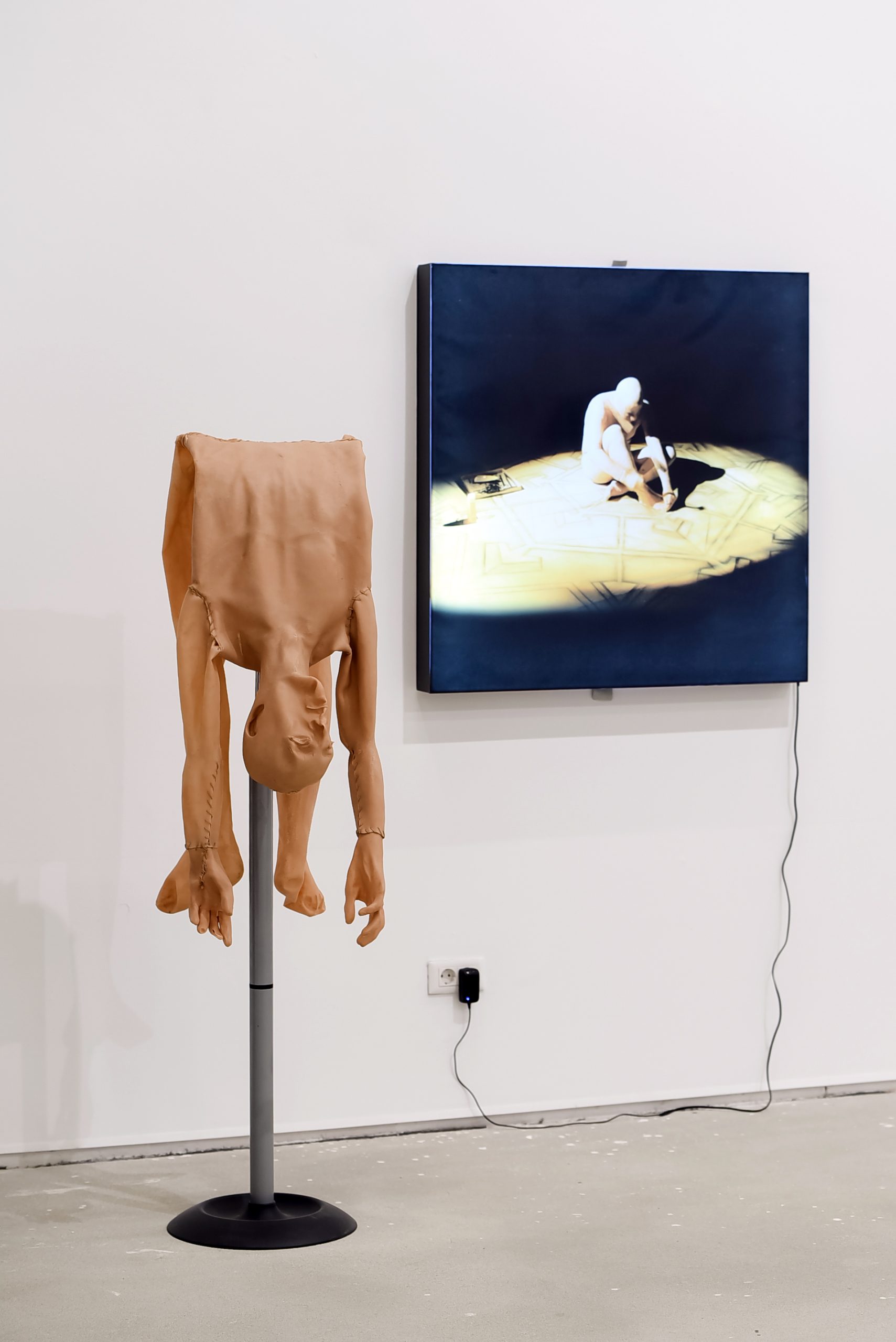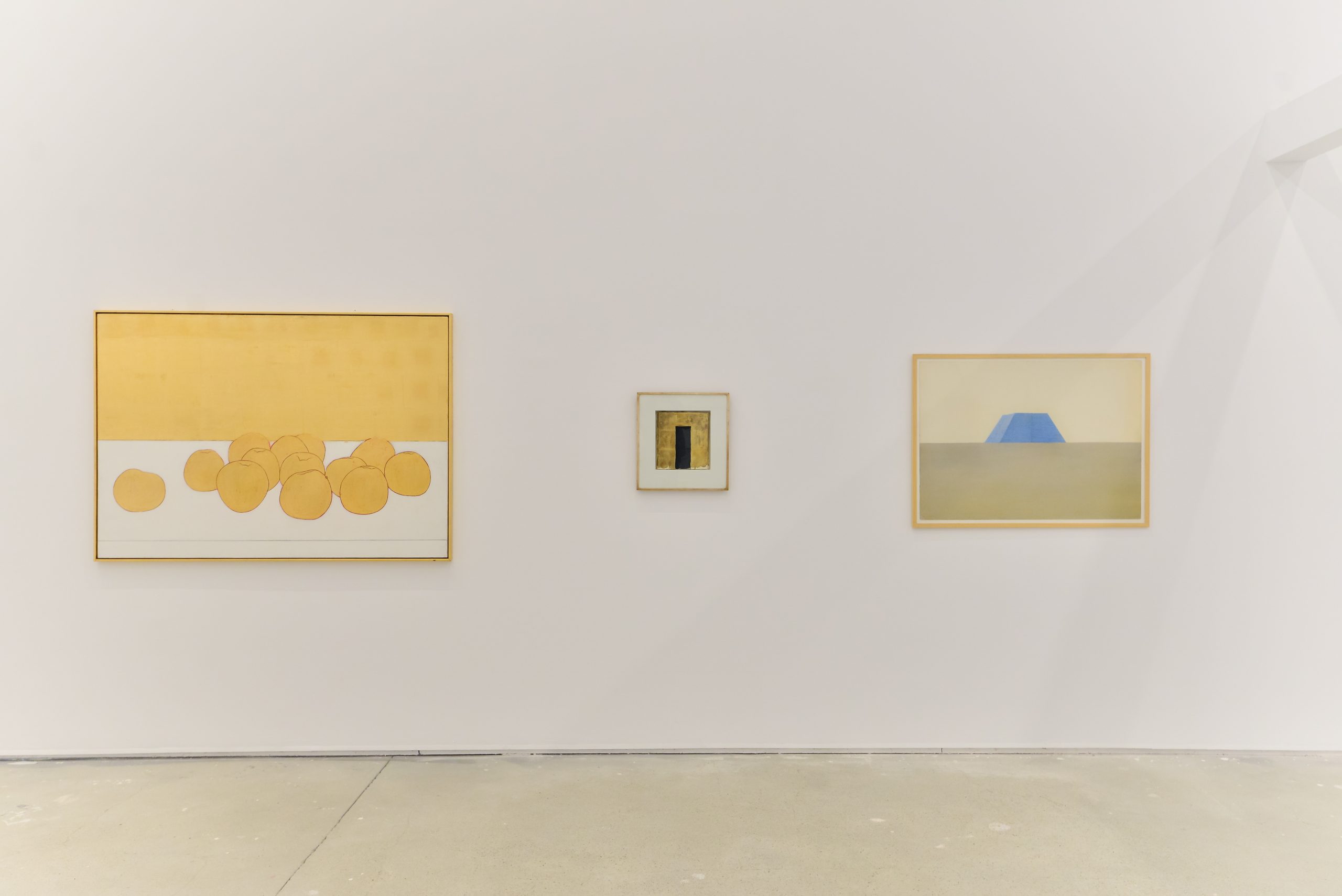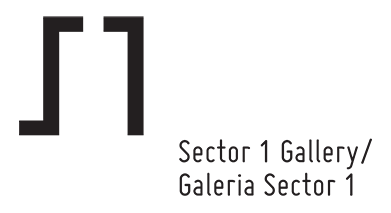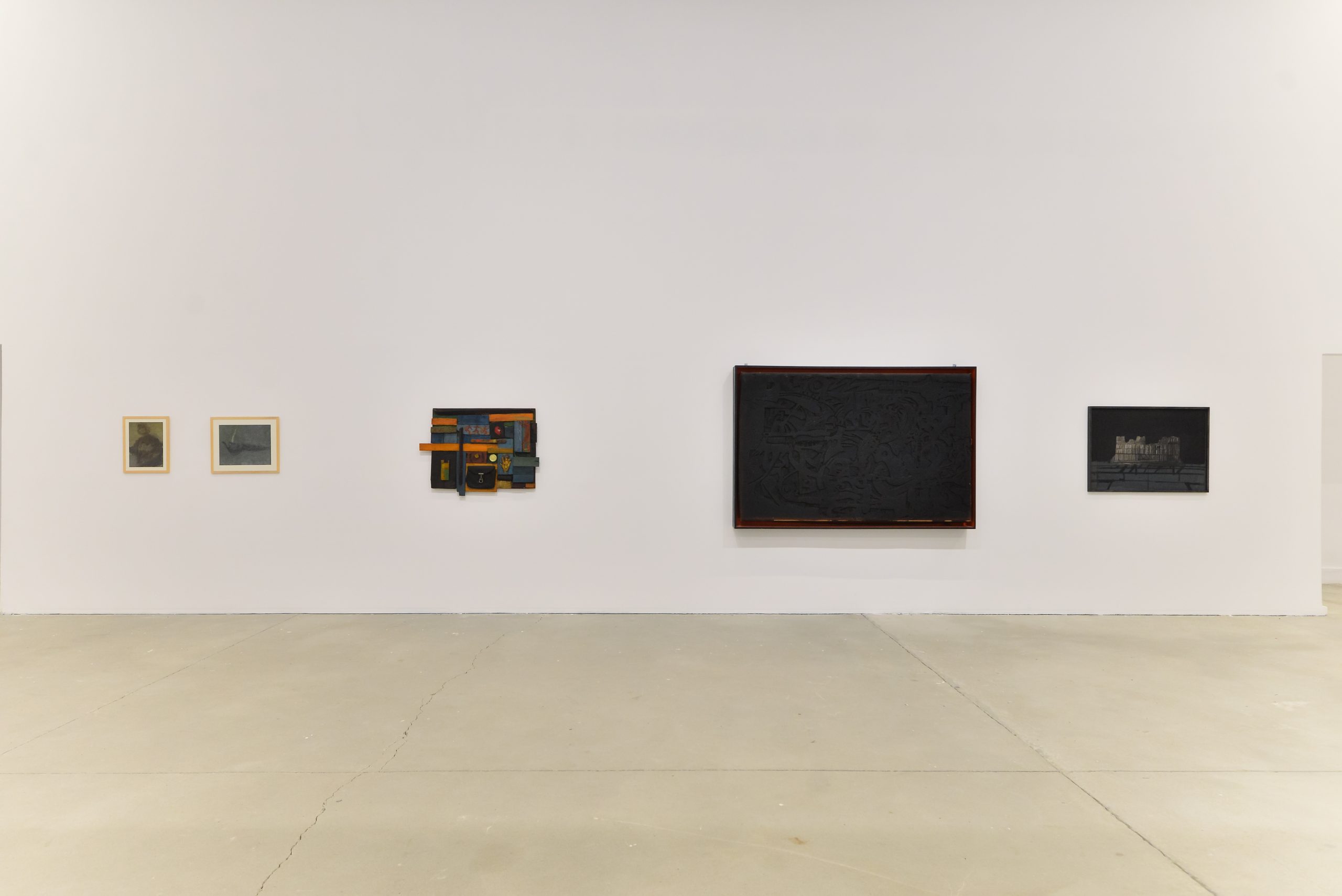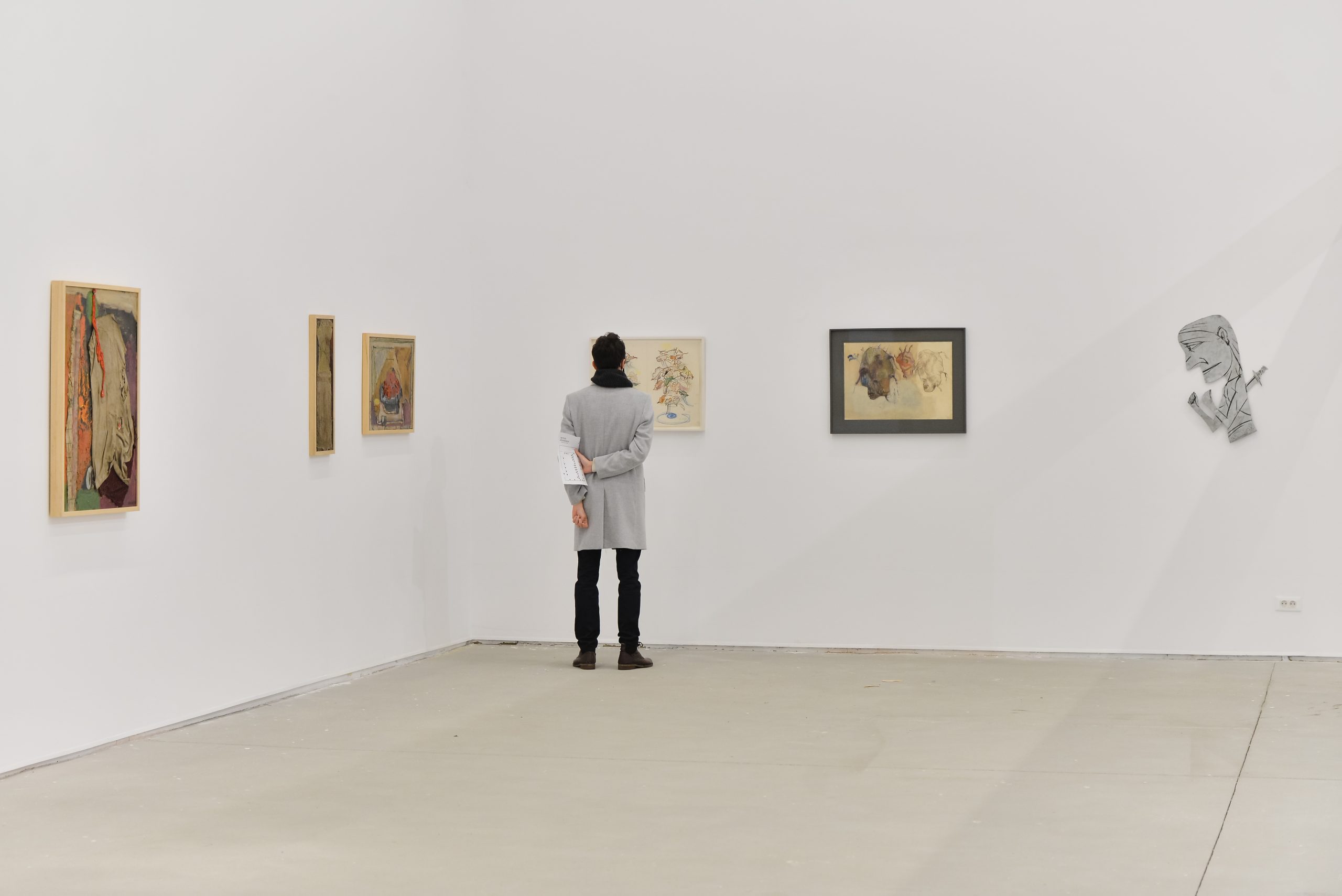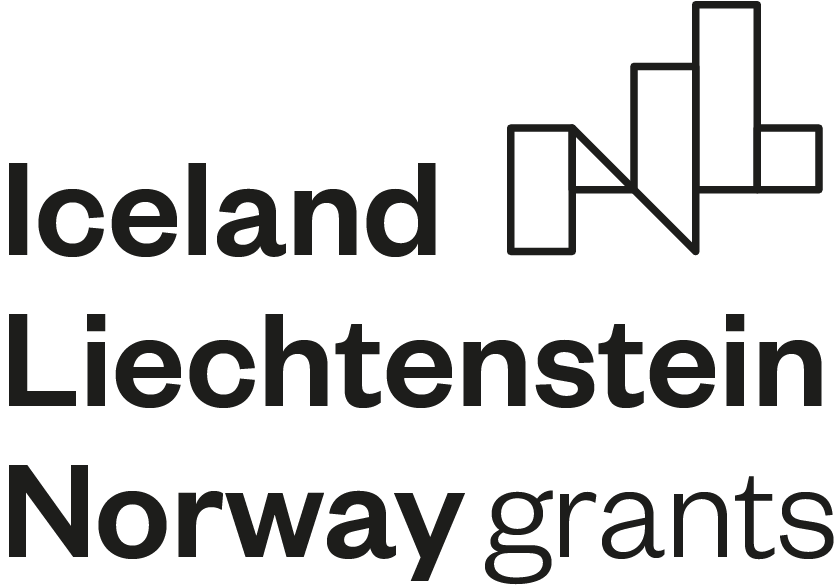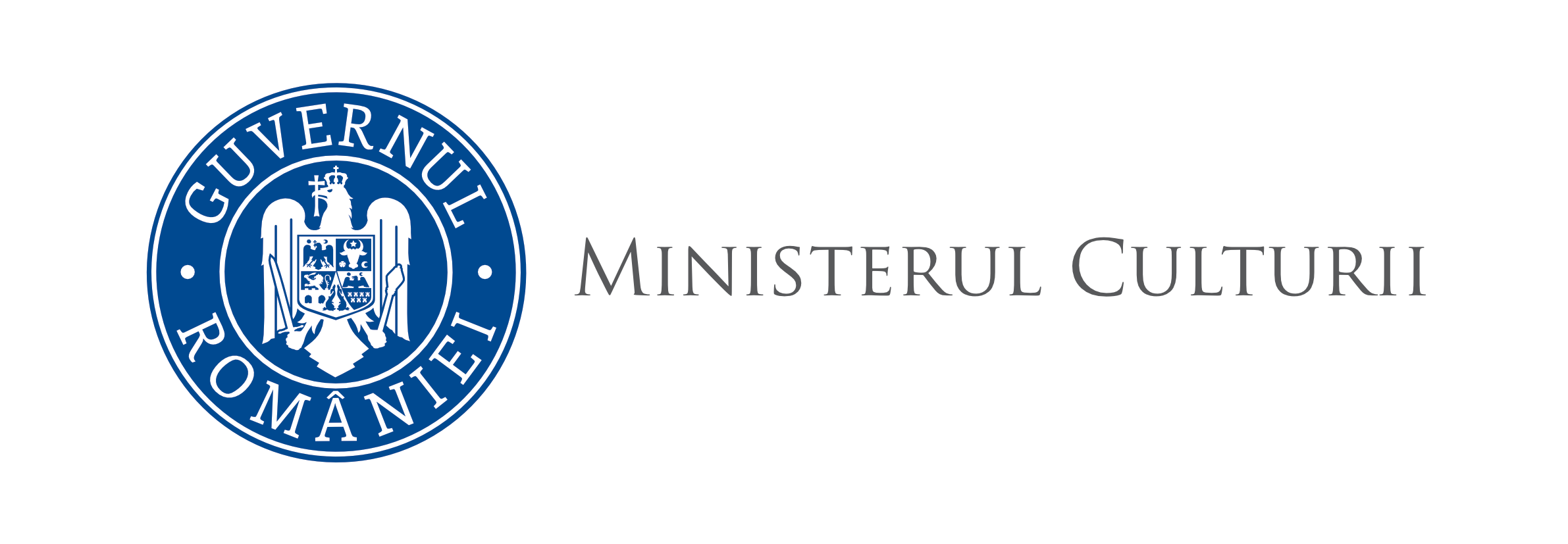Replieri Tactice
Europa de Est ca Maestru
November 18 – December 22, 2021
Galeria Sector 1 has the pleasure to present the exhibition Tactical Withdrawals. Eastern Europe as Master. Curated by Bogdan Iacob, the exhibition brings together Romanian artists whose works took shape during the communist regime in Romania, looking at them from the perspective of their artistic and existential positioning compared to that period. The selection includes works by artists Alexandru Antik, Ion Bîrlădeanu, Ștefan Bertalan, Horia Damian, Yvonne Hasan, Sultana Maitec, Iulian Mereuță, Dan Mihălțianu și Florin Mitroi.
Organizer
Sector 1 Gallery
Venue
Baiculești 29, Sector 1
Bucharest, 013193
(inside Combinatul Fondului Plastic)
Curator
Bogdan Iacob
Under the pressure of communist totalitarianism, Eastern Europe’s art worlds generated in the post-war period a polythetic set of specific attitudes, from self-censorship to more or less covert protest, from retreats in ivory towers to tolerated or even encouraged dissents, from compromise to propagandistic collaboration, from denial to irony, from outward exiles to inner exiles. An attitudinal disposition that seems to have amply infused the Romanian artistic production of the time, becoming simultaneously existential positioning and inner atmosphere, can be best defined as withdrawal. Withdrawal is both a tactical repertoire and an existential stance. It involves imprecise anxiety, prudence, courage, reflection, escapism, interiorization, idiosyncratic scrutiny of reality, imprecise heroism, as well as tacit, tense resignations.
Leaving aside their actual social status, which can vary from “favorite” of political power to “suspect” in its eyes, a certain consubstantiality in diffuse anguish generates improbable similarities, in the tactical spectrum of withdrawal, between artists whose works can be acutely diverse, stylistically or thematically. They are artists who often configure themselves as strange identities, from vaguely heroic to elliptically evasive and who build images and visual objects, in which the elements of external reality often end up being reassembled according to a logic foreign to their contexts of origin.
Florin Mitroi retreats inwards, articulating a complex and discreet self, which assumes a kind of solitary stoicism that can function simultaneously as denunciation and as resignation. His art, like all truly great art, embodies contextual meanings, since it can be understood as an art of inner refuge from times of external tyranny, but also rises attains timelessness, as visual embodiment of the human condition: a silent and bizarre heroism accompanies the tragic feeling that his works make acute, even threateningly present.
Ștefan Bertalan observes and artistically metamorphoses the vegetal forms with feverish intensity. His works often seem to reveal himself as an animist of mystical temperature, to unveil a self that has been extracted from the social world, sinking, frantically meditative, into the details of nature. In his drawings, two impulses are tensely balanced: one to find in the object of obsessive observation the aesthetic order of mathematics, the other to visually generate mysterious, spiritual entities. Thus, the nature in Bertalan’s works is not only strangely anthropomorphic, it is seductively psycho-morphic.
If Alexandru Antik’s tactical withdrawals often deployed the recourse to ephemerality, however, somewhat paradoxically, his art relates in an essential way to memory, to archive, to durability of the archetype in the flow of history, be it individual or collective. His art de-mythicizes and re-mythologizes, as Antik can aptly be described, in a biblical paraphrase, like someone tempted by postmodernism in all aspects, but not giving up a certain gravitas in the substratum of his art. The exhibited works reveal an educated subversiveness, accompanied by an appetite for the embodying an existentialist thrill, of (anti) heroic nuance.
Refined, despite easy-to-detect gestural impulses, the collages composed by Yvonne Hassan are heading towards intellectualism, but stop short of it, landing in the territory of a well-tempered delicacy. The context flows almost naturally in her works, the mundane is manipulated with expert, chiseled aesthetic sense. The art she produced with remarkable discretion proposes refinement as a sought-after quality, but devoid of rhetoric, refinement as a somewhat surprisingly emerging, somewhat naturally obtained property.
Sultana Maitec was an artist of visibility and success, during communism and after its demise. The epoch does not seem to reverberate through her oeuvre, but this also happens because the artist withdrew early (vocation?, affinity ?, choice?), from time into atemporality. An aesthetic preciousness that could easily fall into spectacular shallowness becomes in her case an impeccably deployed expressive instrument, fine-tuned to her searches, decidedly directed towards a mythical beauty and a kind of symbolic primordiality.
Horia Damian is an exemplary exiled Romanian artist, who arrived in Paris before the communist tyranny settled in Romania. In the exhibition, he it is the perfect counterpoint, the one for whom the East existed as an impossibility, as a place of forbidden return; he is also the hypostasis of a typology of almost mythical allure, that of the artist who found success elsewhere. Damian’s works have a particular metaphysical sobriety, initially predominantly expressed formally, then mostly atmospheric. The aesthetic withdrawal, in his case, is two-folded: on the one hand, it is forced by exile and on the other hand, it is fostered by existential anguish.
A Tantalus simultaneously animated by lyrical impulse and fascination for crystalline order, Iulian Mereuță also resorted to exile, without spectacular, artistic success. A delicate, but permanently feverish search for ways to incorporate something essential into art, an implicit and sometimes awkward, visually transposed belief that the meaning of art must somehow approximate, if not coincide with the meaning of existence itself, acutely characterize the artist’s efforts. If there can be a Platonism that visually poses as melancholic, diffuse, but persistent lyricism, this must have been Mereuță’s conceptual and aesthetic, tactical withdrawal.
Subversive and refined in his aesthetic strategies, Dan Mihălțianu produces, in the period of final degradation of the communist regime in Romania, an art that incorporates both revolt and evasion, which avoids being rhetorically political, but uses political aboutness, nevertheless, implicitly, copiously and in a liberating manner. Using media such as photography or installation, his experimentalism rejects traditionalisms that he felt was confiscated by the “official” area of artistic production. Allusions to Pop Art or Nouveaux Realisme in his art only enhance the understanding that essentially contemporary art is a syntagm that means something different in the context of the communist east than in the West that generated it.
Ion Bîrlădeanu is the perfect marginal, the consciously sharp trickster, nonchalantly inadequate and mildly humble escapist. A character out of Jarmousch’s movies with traits that remind of Kieslowski, incorporating an epic dimension with natural clumsiness, he created his works with meticulous craftsmanship and exuberance of an artiste maudit, managing to render them both idiosyncratic and typological. Movies that have never been produced, his collages become perpetually possible stories, they are narratives to be completed at least as much as they are images to be contemplated.
A whole world seems to separate, on several axes, Bîrlădeanu’s collages from those finely structured by Hassan; Bertalan’s drawings vibrate on spiritual and psychological frequencies other than Antik’s spiritually charged, seductive but vaguely mythological works; the revolt is distilled into a raw granular aesthetic in Mihălțianu, while in Maitec’s works, aestheticism is the absolute hegemon; the drama is calmly assumed for Mitroi, metaphysical for Damian, lyrically sublimated for Mereuță. However, here and there, a detail, a clue, a fragment of an object, an accent of atmosphere, a fragmentary element of Pathosformel, a Barthesian punctum remind the viewer that all these works of art and approaches, all these sophisticated, tactical withdrawals belong somewhat to the same world, the same frivolous, burdensome, serious, inaccessible, existentialist and charming Eastern European of a tyrannical era.
Installation Views

